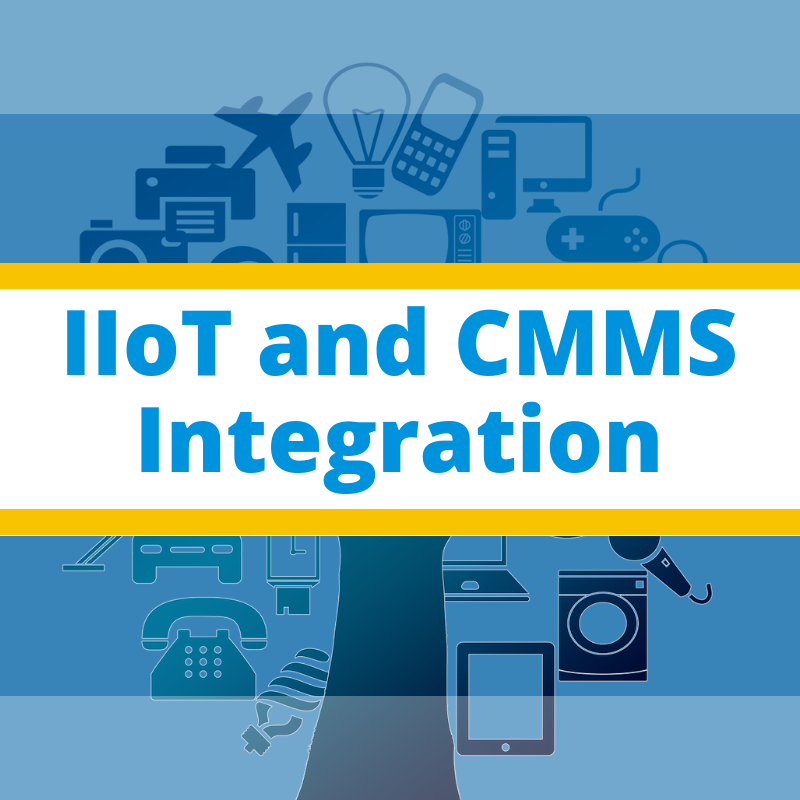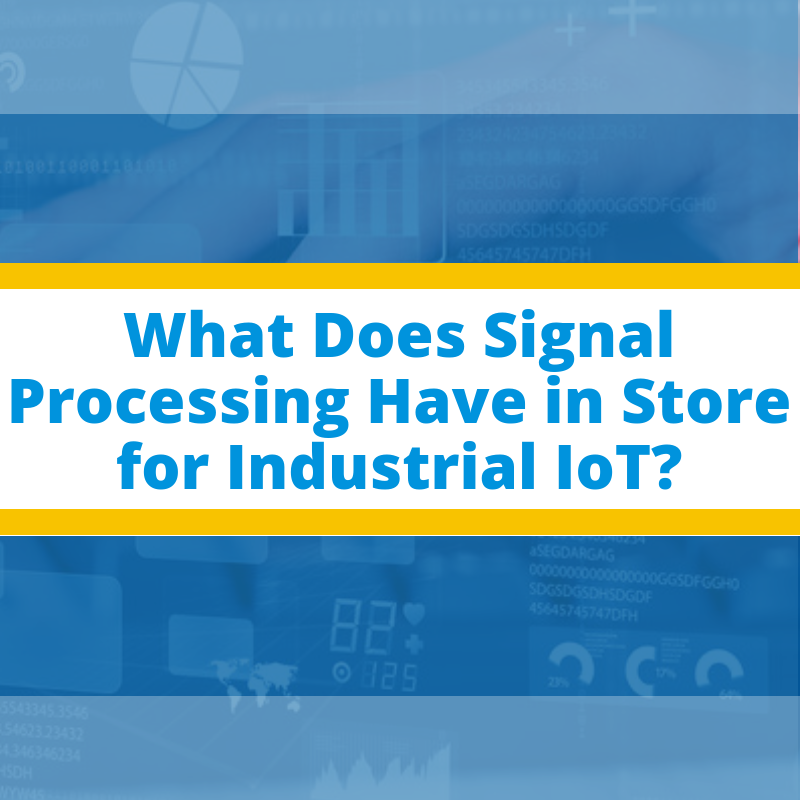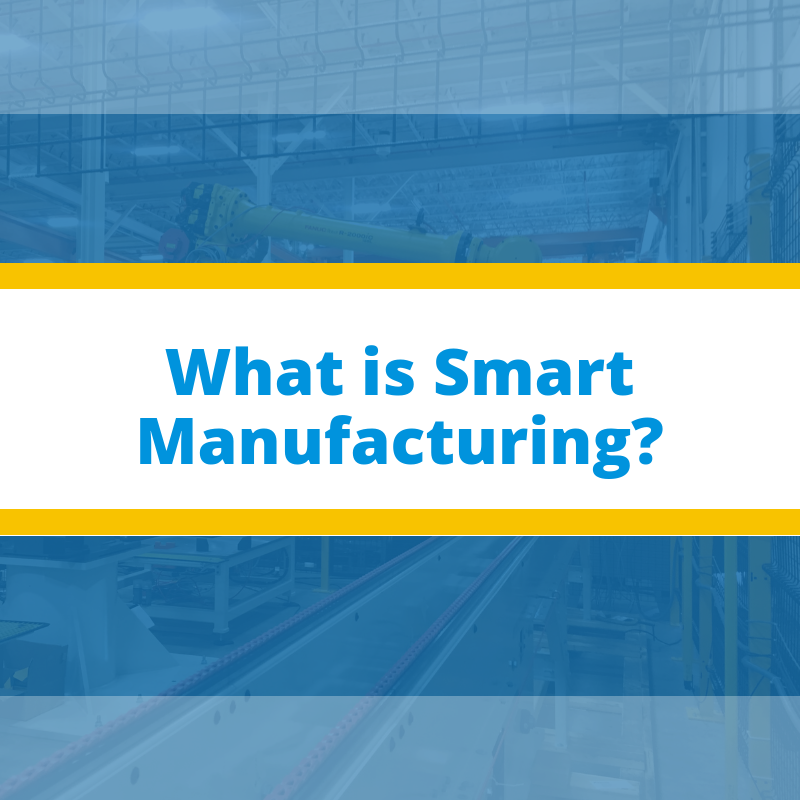The value of digitization in the industrial sector has been viewed with renewed importance starting at the beginning of this decade, with companies investing more into adopting it. This has given rise to a new industrial culture; one that moves towards proactive maintenance rather than reactive maintenance.
There is a common misconception among industrial circles regarding network security, that since their OT networks are isolated from the internet. They are never exposed to the same types of malware, which otherwise wreak havoc through IT systems. This may have been true decades ago, when plant floors were truly isolated in all aspects, but with increased digitization and onset of IoT technologies, companies can’t rely on “isolation” alone as a protection mechanism.
Industrial Internet of Things, Industry 4.0, Digital Factory, and so on, are buzz words that every marketing executive likes to use. But their extensive adoption today has made them into applicable technologies, allowing manufacturers to achieve the universal goal of higher productivity.
IIoT and CMMS Integration
The factory floor is getting major upgrades to bring it at par with modern technological advancements that have for long been adopted by the IT industry. The increasing popularity of Computerized Maintenance Management Systems (CMMS) and the unstoppable wave of Internet of Things (IoT), is leading to new possibilities, one that would result in synergy through integration.
IoT refers to all gadgets, hardware and software that are connected over a network. Even a Bluetooth speaker at home connected to your smartphone is a viable candidate for the “things” that form IoT infrastructure. As more devices get connected to the internet, the possibilities of achieving automation increases. For instance, a handheld scanner connected to the internet, can scan an object through RFID/NFC technology and eliminate the need for any manual inputs, directly uploading data to the shipment portal.
When CMMS solution come into the equation, extra automation can be achieved as it can act as a hub for all communications. When facilities run online, connected to the internet, floods of data will be entered into the system. While this may undermine the capacity of the system, in the longer run it will be beneficial as companies will have more data to gain insights from, which would ultimately lead to greater intelligence. This gives way to the concept of Big Data.
CMMS analytical capabilities combined with personnel who hold the ability to interpret the vast amount of data would work together to provide actionable insights to the management, giving way to predictive maintenance. The data received from each asset will also become more intricate as the stats for a particular machine’s performance and health will increase along with the sample frequency.
For instance, let’s consider several generators connected to a CMMS. The parameters for each of these assets are continuously being monitored with the aid of a predictive maintenance algorithm. At some point, the need for maintenance will arise. With conventional systems, a CMMS will have lesser amount of actionable information to provide a set time frame at which maintenance becomes necessary. However, when assets are part of the IoT framework, personnel can gain accurate know-how of the workings of the generator, and the maintenance schedule is bound to be more accurate. This results in greater cost-savings and decreased downtime.
As maintenance managers get more insights into the future requirements, they can efficiently plan the resources-on-hand. The idea isn’t far fetched as companies have already started reaping the rewards, a prime example being that of Caterpillar.
A cohesive system that runs with the combined effort of IoT and CMMS will form the future factory floor, taking the stress off humans and limiting their activities to high-profile interruptions or maintenance activities. For instance, if a forklift is bound to go out of order, the CMMS solution will notify the plant manager of its condition, from whereon, an order can be automatically placed for the required spare part. Maintenance activities can be carried out once the part has been delivered to the factory during a time when the forklift is under minimal use, reducing downtime and interruptions.
The best way to keep up with this future trend is to indulge in self-education as there is no unified or standardized resource from which one can learn about the capabilities of IoT. By keeping in touch with software vendors, learning about the new features of your CMMS and evaluating your team’s capabilities, you can reap the rewards of these innovations and boost the return on investment and competitiveness of your organization.
Interested in learning more? Visit our website www.premierautomation.com, or talk to one of our specialists today.
What Does Signal Processing Have in Store for Industrial IoT?
Internet of Things isn’t a far-fetched concept any more. The industrial world is making strides in its implementation backed by accelerated R&D, and while multiple definitions regarding the concept still exist, almost all stakeholders consider it a distributed network of intelligent sensors that allow operations to be controlled from a remote location in a precise manner.
The Roadblock for Smooth Transition to Industrial Internet of Things
M2M systems have conventionally been deployed to solve asset-intensive processes spread over considerable geographical areas. With every passing year, the prices of the associated equipment have followed a downward trend allowing manufacturers to expand their market base. Today, the technology is rampantly used within consumer solutions, with examples being energy meters, smart housing and security systems.
There is a lot of buzz in the industrial world today claiming that we’ve entered into a new era of industrial revolution, the fourth to be exact. The primary motivators behind these discussions has been the increased involvement of internet within the industry, but before we can truly declare a paradigm shift, we must understand each individual revolution.









